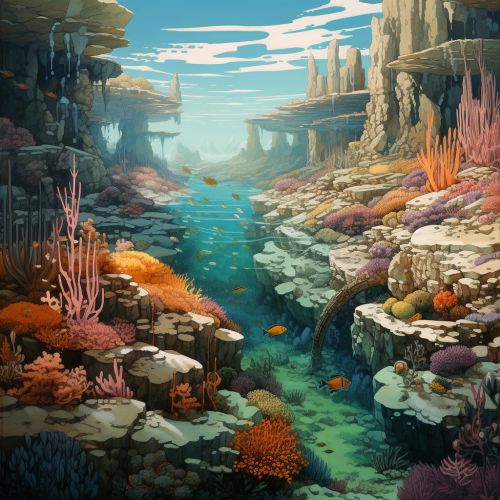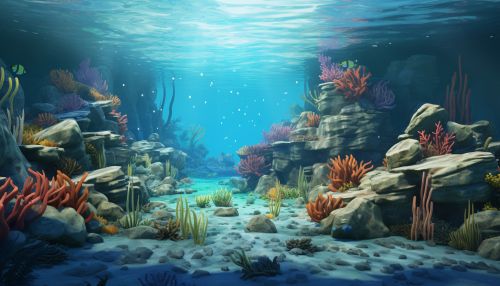Geological Oceanography
Introduction
Geological oceanography, also known as marine geology, is the study of the history and structure of the ocean floor. It involves geophysical, geochemical, sedimentological and paleontological investigations of the ocean floor and coastal zone. Geological oceanography includes the study of plate tectonics and the study of the oceanic crust and the continental margins.


History of Geological Oceanography
The field of geological oceanography has a rich history that dates back to the early explorations of the ocean. The first scientific investigation of the ocean floor occurred during the Challenger expedition in the late 19th century. The expedition made significant contributions to the understanding of marine geology, including the discovery of the deepest part of the ocean.
Plate Tectonics
One of the most significant aspects of geological oceanography is the study of plate tectonics. The theory of plate tectonics explains how the Earth's crust is divided into several large and small pieces, known as tectonic plates, which float on the semi-fluid layer of the mantle. The movement of these plates is responsible for the creation of the Earth's major landforms, including the ocean basins.
Oceanic Crust
The oceanic crust is the part of the Earth's crust that underlies the ocean basins. It is primarily composed of basaltic rocks, which are formed from the rapid cooling of magma at the mid-ocean ridges. The study of the oceanic crust is crucial in understanding the processes of seafloor spreading and subduction, which are integral to the theory of plate tectonics.
Continental Margins
Continental margins are the areas of the seafloor that are closest to the continents. They are divided into the continental shelf, the continental slope, and the continental rise. These areas are of particular interest in geological oceanography due to their complex geological structures and the presence of valuable resources such as oil and gas.
Methods and Techniques
Geological oceanographers use a variety of methods and techniques to study the ocean floor. These include seismic reflection and refraction, sonar mapping, satellite altimetry, and the collection of sediment cores. These techniques allow scientists to create detailed maps of the seafloor and to study the layers of sediment that have accumulated over millions of years.
Applications of Geological Oceanography
The knowledge gained from geological oceanography has numerous applications. It is used in the exploration for oil and gas, in the study of climate change, in the prediction of natural hazards such as earthquakes and tsunamis, and in the planning of marine reserves and other conservation efforts.
Future Directions
The field of geological oceanography continues to evolve with advances in technology and our understanding of the Earth's systems. Future research will likely focus on the impacts of climate change on the ocean floor, the exploration of the deep sea, and the study of the geological processes that occur at the boundaries of tectonic plates.
